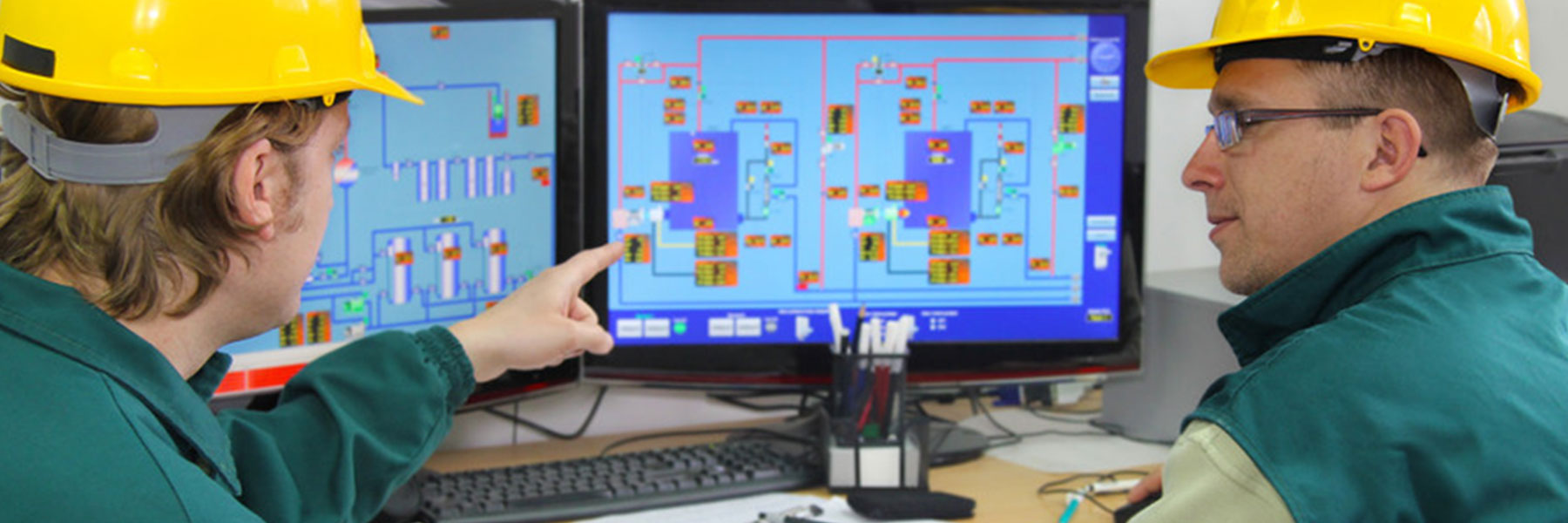Another inferential sensor technology that has been applied in the mainstream of data modeling is the Neural Network inferential modeling technology. This technology has been in use for over a decade now and is claimed to effectively predict non-linear properties such as H2S. The development of neural networks inferential model is modeled by software tools using input and output data primarily generated and collected from plants’ data historian. Engineering common sense and understanding in data selection and model building are mandated here, just like any other inferential modeling packages.On another front, soft sensing is a technique to predict process parameters using mathematical and first-principle-based models, which are not measured using physical instrumentation in the plant. The system takes information available from physical measurements to calculate an estimation of the desired process parameter.
Soft sensing broadly entails:
(a) Analytical techniques, which rely on using first principle models based on physical laws such as mass and energy balance and physical and chemical equilibrium calculations and utilizing suitable approximations to estimate the process parameters
(b) Empirical techniques, which use available plant historical data to generate correlations using statistical regression methods, are then used to estimate and predict process parameters.
Apart from estimating the missing process parameters in a plant, soft sensing can also be used to project critical process and equipment performance parameters that cannot be directly measured in the plant. A smooth sensing system can measure real-time performance indicators such as motor and turbine driver power conversion efficiency, furnace firebox thermal efficiency, heat exchanger fouling or thermal effectiveness, pump, compressor operating efficiency, and reactor catalyst activity, etc.

